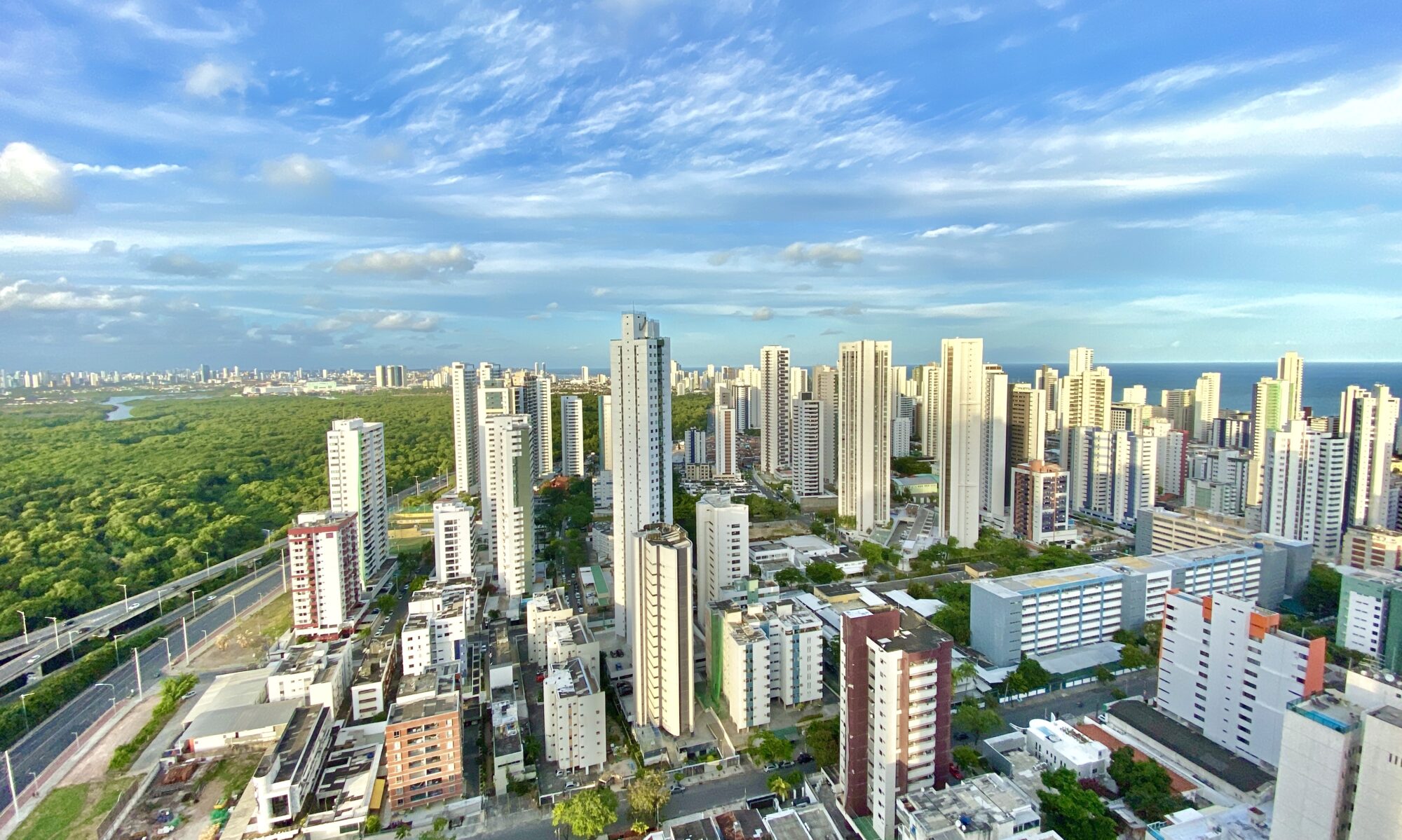Rio de Janeiro is Brazil’s best known postcard. Its image is closely linked with the Sugarloaf and Corcovado Mountains, football, samba and the attractive tanned and vivacious people. The Rio of the postcards is also the capital of the state of the same name – an exuberant state with a captivating natural beauty, shaped by its unusual geography and by the effervescence of its inhabitants who manage to combine the art of working and playing to the absolute maximum.
For almost two and a half centuries, from 1716 to 1960, the city of Rio de Janeiro has been the capital of the Colony, the Empire and the Brazilian Republic. Like a prima donna it has reigned over politics, the economy, culture and as the centre of the country’s financial and social scene. With the transfer of the capital to Brasília in 1960, Rio lost its political status but not its charm or the title of “fabulous city”. It has retained its integrity as a centre of culture and tourism and has continued to be the main gateway for incoming foreign visitors.
The joining together of the old capital and the state of Rio de Janeiro has created a significant economic force. The new state has become Brazil’s largest producer of petroleum which is pumped from the Campos platform. This oil-field was discovered in 1974 and using Brazilian-made deep-water exploration technology, production from the Campos basin has reached the level of 52,600 m3 (330,000 barrels) a day, accounting for 70% of Brazil’s total petroleum output.
Many areas of the state are just as attractive as its capital. The coastline is one of the most beautiful in Brazil with bays, inlets and beaches of all kinds to suit all tastes. The beaches stretch from the Costa do Sol, north of Rio, to the Costa Verde, south of the capital. Inland, amid the exuberance of the forests is the mountain region with towns such as Teresópolis, Nova Friburgo and Petrópolis, one of Brazil’s most important historical towns where the Brazilian Imperial family came to take their ease during the nineteenth century. Also inland is the Itatiaia region where the country’s first national park was created in 1937 and the location of the highest point of the state, Pico das Agulhas Negras, rising 2,787 metres high.
The first coffee plantations were established in the old province of Rio de Janeiro, expanding throughout the nineteenth century as far as the Paraíba Valley in the state of São Paulo and other parts of Brazil. Even nowadays, some of the colonial estates in the Paraíba Valley make a most interesting itinerary for those interested in learning about the history of the period. The mansions once owned by the coffee barons have been turned into centres of tourism whilst the luxury and refinement of the coffee culture is retained in the colonial buildings and decorations.
During the early decades of the twentieth century, agriculture in the state of Rio de Janeiro went into decline and was no longer a force in the state’s economy. The phenomenon of agricultural modernization, bringing about major transformations within the sector throughout Brazil from the 1970’s onwards, scarcely touched mainland Rio de Janeiro. Sugar-cane is the state’s main crop, grown in the municipality of Campos dos Goitacazes. The state’s economy basically revolves around its industrial park and tourism. Of particular significance are the industries concerned with metallurgy, steel, chemicals, foodstuffs, mechanics, publishing and graphics, paper and cellulose, mineral extraction and petroleum derivatives. The state’s GDP accounts for 12.5% of the national GDP.
For many decades Rio de Janeiro was the second busiest and most important sea-port in Brazil, a position it is set to recover with the construction of a modern port complex located in Sepetiba Bay. The state was the cradle of Brazil’s national steel industry with the founding in the 1940s of the state-owned Companhia Siderúrgica Nacional, now privatized. The first car production plant, the Fábrica Nacional de Motores (FNM) was set up in the state of Rio but is now closed. Ninety five per cent of the Brazilian shipbuilding industry is based in the state with the presence of the major national shipyards; this sector has been through a long period of stagnation and nowadays depends on major investment in order to make a recovery.
After going through a period of economic stagnation, the setting up of a Volkswagen plant in Resende has clearly signalled the rebirth of the state’s economy. The commercial vehicles factory has become the most visible symbol that Rio is again one of the most promising states on track for the international investment that is once again heading for Brazil.

